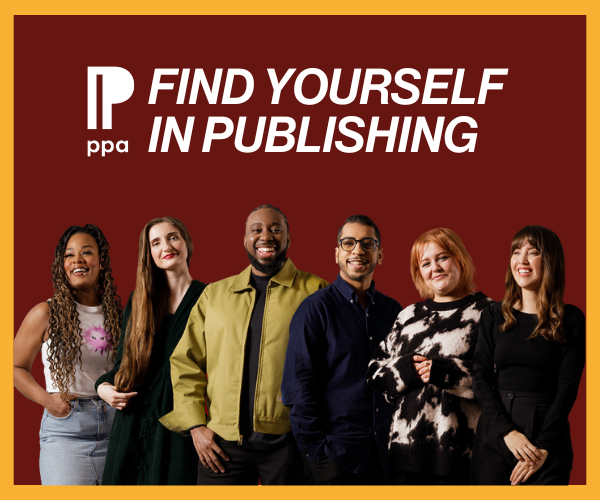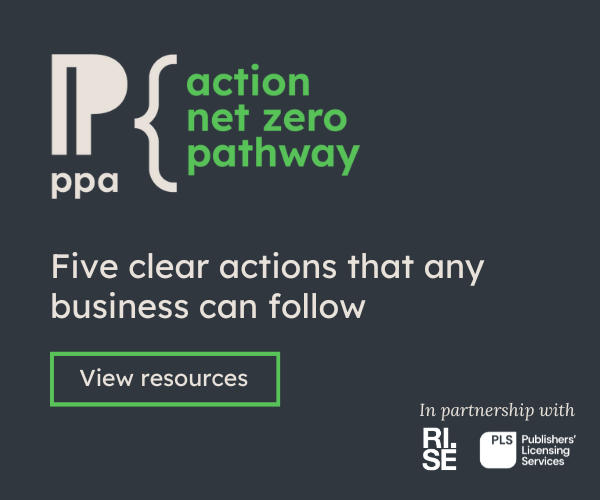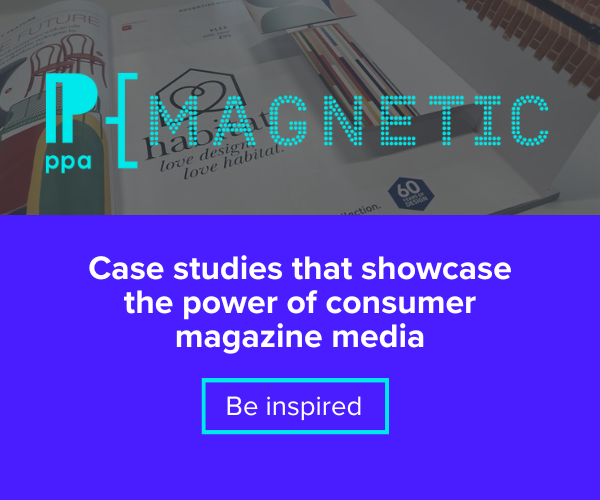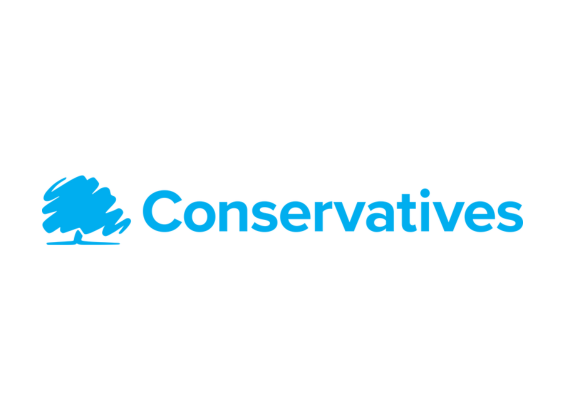The PPA has submitted recommendations (read in full here) to the Competition and Markets Authority (CMA) for Conduct Requirements it should place on Google Search services under the new digital markets regulatory regime.
We also presented evidence from PPA members and anonymised case examples to demonstrate the immediate market harms of AI overviews and other Google AI products.
Context
In June this year, the CMA published its provisional decision to designate Google with “Strategic Market Status” (SMS) in the areas of general search and search advertising. This gives the regulator the ability to impose specific Conduct Requirements on Google to tackle barriers to competition in this part of their services.
The CMA has invited the PPA to input on what requirements around reporting would be useful to publishers, in relation to Google’s AI offerings. The increased presentation of AI overviews and the newly released “AI Mode” have become a significant concern for publishers, as they divert traffic away from original sources by providing summarised answers directly within (or in place of) search results. Publishers report rising impressions but falling click-through rates (also known as the “crocodile” phenomenon), disrupting the long-standing link between visibility and engagement.
The experiences of publishers are backed up by research, which confirms that Google users are less likely to click on result links when visiting search pages with an AI overview compared with those without one[1].
Despite publishers reporting an almost 50% drop in traffic, Google claims that overall traffic remains stable, but acknowledges there is a shift in the type of sites that users are visiting[2]. However, Google haven’t published any data to substantiate this.
The recommended Conduct Requirements from the PPA are designed to give publishers control over how their content is used by Google and force Google to expose the harm its practices are inflicting on publishing businesses.
The PPA’s recommendations
To support more competitive conditions in Google Search and Ad Services, the PPA has recommended the following Conduct Requirements:
- Transparency reporting on crawling, which distinguishes between crawling conducted for search indexing and crawling conducted for the creation of AI overviews, AI Mode, and any successor AI products that aggregate and summarise content.
- Transparency reporting in Search Console to show where and when publisher content appears in AI-powered Search Engine Results Page features like AI overviews, AI Mode, and AI overviews in Google Discover.
- Transparency for acquisition sources in Google Analytics.
- Requiring clear attribution and functional linking when publisher content is used in AI overviews, AI Mode, and Google Discover.
These changes would help ensure publishers retain control over how their work is used, while protecting the value of original content in an increasingly AI-driven search environment. The CMA will continue to gather evidence from publishers and other relevant stakeholders and set out its next steps in the coming months.
Case examples
Lifestyle magazine – traffic lost due to AI answers
A lifestyle publisher shared data on a popular search query, “how to get rid of [insect].” Despite the article still ranking on page one and impressions remaining relatively steady, the click-through rate fell sharply from 5.1% to 0.6% over the past year.
This decline is not in line with the small change in ranking or visibility and points to a significant change in how users interact with search results. The query now triggers an AI overview that provides a full answer directly on the results page. It includes highlighted steps, removing the need for users to click through.
This example shows how AI overviews can undercut revenue for high-performing content by replacing the user journey to trusted sources with an on-page summary. This is particularly problematic for publishers who rely on search-driven discovery for articles on travel tips, home décor, and wellness, as it results in reduced ad impressions, diminished newsletter sign-ups, and lower overall brand visibility.
Automotive content publisher – devaluing evergreen, high-investment articles
One automotive publisher investing in detailed car benchmarking content reported a 25% drop in traffic to articles ranking first in organic search, despite a 7% increase in search visibility. Over the same period, their click-through rate declined from 2.76% to 1.71%.
This type of “evergreen” content requires significant editorial investment. It includes expert vehicle testing, specification comparisons, and guidance designed to support high-value purchasing decisions. The publisher’s commercial model relies on attracting large volumes of traffic to generate advertising and affiliate revenue.
The observed gap between visibility and engagement highlights the harm posed by AI overviews. Although the content remains visible in search results, users are increasingly consuming the summary provided by Google without visiting the original source.
E-Commerce & affiliate magazine – eroding partnership revenue
A publisher who specialises in product reviews and purchasing advice through articles such as “best” lists has reported that AI overviews appear between 30 and 37% of the time and that the click-through rate from search is typically 25-50% lower when an AI overview appears.
For one of the publisher’s websites, the session’s impact is in the range of -2.9 to -7.7% compared to a version of the Search Engine Results Page in which AI overviews do not exist. The site’s evergreen search, which includes high-intent keywords landing on reviews and best lists, has been reduced by -7.5% to -18.7%. The publisher also estimates the total revenue impact on this one site to be between 2.4% and 6.5% purely due to the rollout of AI in the Search Engine Results Page.
The revenue for this publisher is derived not only from advertising but also from affiliate marketing, which depends on website users clicking through to partner sites after reading comparison articles. The reduction in traffic from AI overviews has undermined these income sources.
If you have any questions, please get in touch with Eilidh Wilson, Head of Policy and Public Affairs, PPA (eilidh.wilson@ppa.co.uk)
Sources
[1] Pew Research Center (2025) Google users are less likely to click on links when an AI summary appears in the results (Source)
[2] Google (2025) AI in Search is driving more queries and higher quality clicks (Source)









